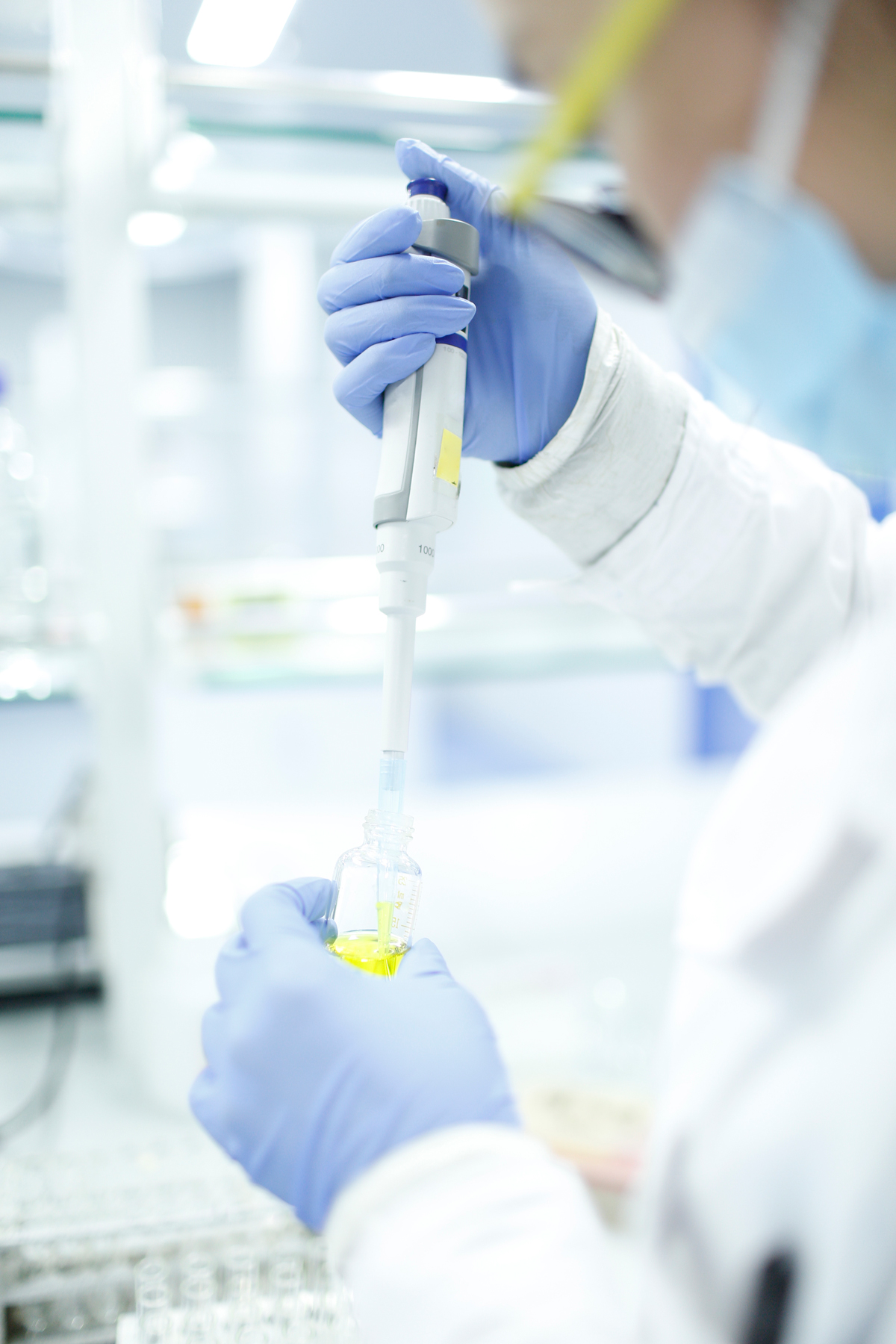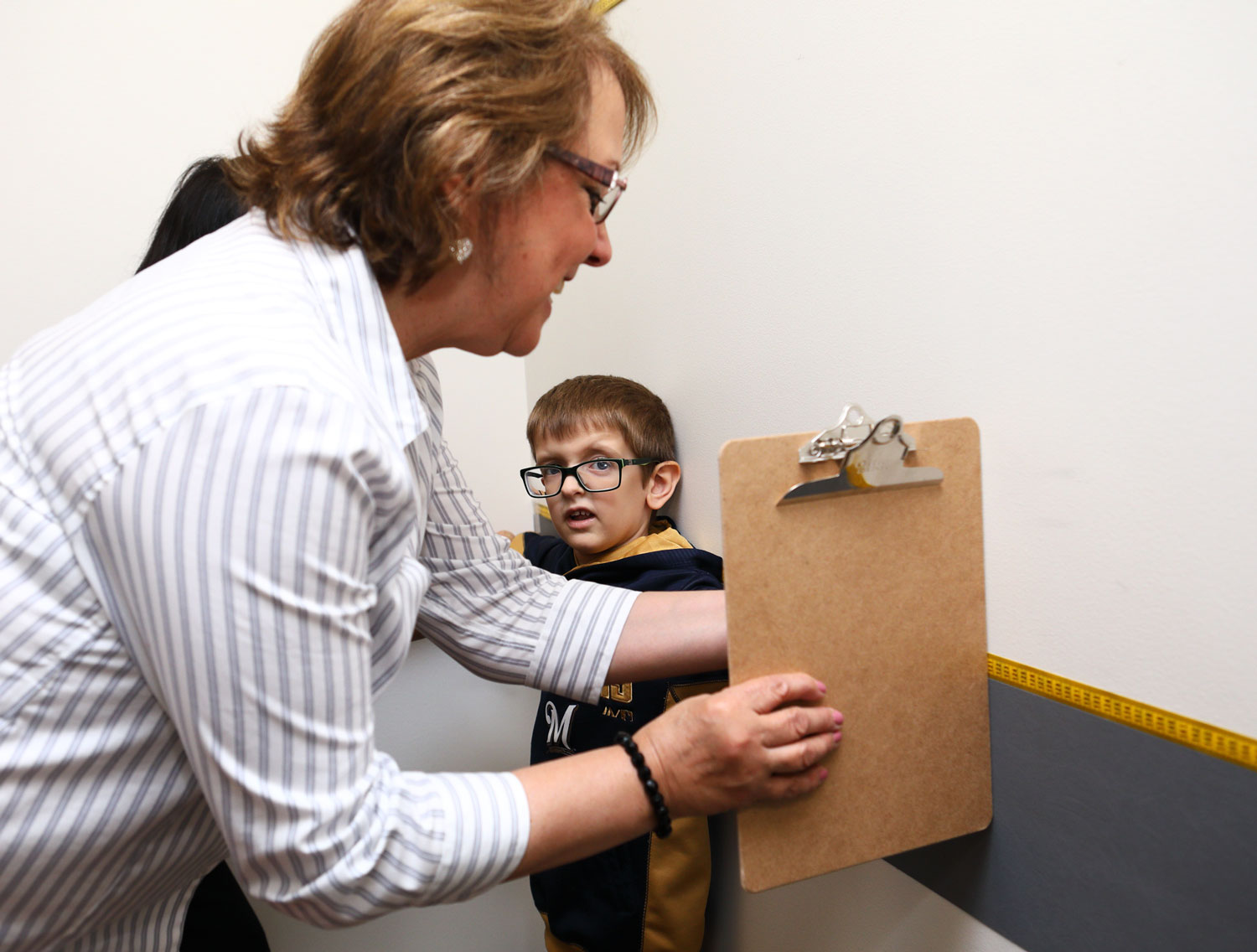Beals syndrome and Marfan syndrome are similar in many ways, but there are also some important differences, specifically how the joints are affected. It is important for people with features of Beals syndrome to obtain an accurate diagnosis so they can benefit from treatments, such as physical therapy, to improve joint mobility as soon as possible.
Beals syndrome is also referred to as Congenital Arachnodactyly (CCA). While there is no information on the exact prevalence of Beals syndrome, it is estimated that the incidence (number of new cases within a given time) of Beals syndrome is less than 1 in 10,000 people per year. Beals syndrome affects
males and females of all ethnicities, in all parts of the world, equally.
What are the Key Features of Beals Syndrome?
People with Beals syndrome are unable to fully extend joints like their fingers, elbows, knees, toes, and hips. Their joints remain bent and deformed. When joints remain contracted for long periods of time, the muscles can become tight and short, restricting movement. When these contractures are present at birth (congenital), they can delay motor development. People with Beals syndrome should also have their heart monitored on a yearly basis to check for cardiovascular complications that may arise.
When a person has these features, it is important to be evaluated for Beals syndrome.
To learn more about Beals syndrome and its diagnosis and treatment:
You may contact our Help and Resource Center with questions anytime at marfan.org/ask.
-
Bones and Joints
- Long, thin limbs (dilichostenomelia), narrow head and body
- Permanent bending (flexion contractures) of multiple joints that restrict movement of the elbows, knees, hips, and fingers
- Abnormal bending of the spine that causes a bowing of the back (kyphoscoliosis)
- Long, slender, fingers and toes (arachnodactyly)
- Permanently bent fingers and toes that cannot completely straighten (camptodactyly)
- Protruding chest bone (pectus carinatum)
-
Skin and Muscles
- Underdeveloped muscles (muscular hypoplasia)
- Abnormalities of the ear (abnormal pinnae), such as crumpled ears
-
Heart
- Mitral valve prolapse
- Mitral valve regurgitation
- Aortic dilation

What Causes Beals Syndrome?
Beals syndrome is caused by a change (mutation) in the fibrillin-2 gene (FBN2). The fibrillin-2 gene provides instructions on how to make the fibrillin-2 protein. Fibrillin-2, which binds to other proteins, helps form microfibrils. Microfibrils are an important part of connective tissue that provides strength and flexibility. Microfibrils interact with growth factors.
These growth factors regulate how cells perform in different parts of the body. When the fibrillin-2 gene has a defect, the fibrillin-2 protein cannot make good quality microfibrils, and sometimes cannot make the amount of microfibrils that the body needs. This defect is what causes many of the physical features of Beals syndrome.
Genetic testing for mutations in fibrillin-2 is available.

How is Beals Syndrome Diagnosed?
Beals syndrome is diagnosed by visiting a geneticist and getting an evaluation based on the presence of a group of specific symptoms as listed, as well as confirmation of an fibrillin-2 mutation by genetic testing if needed.
- Long, thin limbs (dilichostenomelia), narrow head and body
- Permanent bending (flexion contractures) of multiple joints that restrict movement of the elbows, knees, hips, and fingers
- Abnormal bending of the spine that causes a bowing of the back (kyphoscoliosis)
- Underdeveloped muscles (muscular hypoplasia)
- Abnormalities of the ear (abnormal pinnae), such as crumpled ears
How is Beals Syndrome Managed?
People with Beals syndrome have many of the skeletal (bone) and aortic enlargement problems as people with Marfan syndrome, and treatments for these problems are the same.
One difference from Marfan syndrome is that, in Beals syndrome, the eyes are not affected. Another major difference is the way in which Beals syndrome affects the body’s joints. People with Beals syndrome are unable to fully extend joints like their fingers, elbows, knees, toes, and hips. Their joints remain bent and deformed. When joints remain contracted for long periods of time, the muscles can become tight and short, restricting movement. When contractures are present at birth (congenital), they can delay motor development.
The management for Beals syndrome is different for each person because treatment is dependent on the features. It is important that anyone diagnosed with Beals syndrome has a team of doctors to help monitor the syndrome. These doctors can include pediatricians, surgeons, cardiologists, orthopedists, ophthalmologists, and other healthcare professionals. Monitoring is recommended as follows:
- Echocardiogram by a cardiologist to monitor aortic root enlargement
- Musculoskeletal management of contractures and kyphosis/scoliosis by an orthopedist including surgical interventions as needed.
- Medical genetics consultation
- Early physical therapy to improve mobility and occupational therapy to improve bent fingers and joints.

